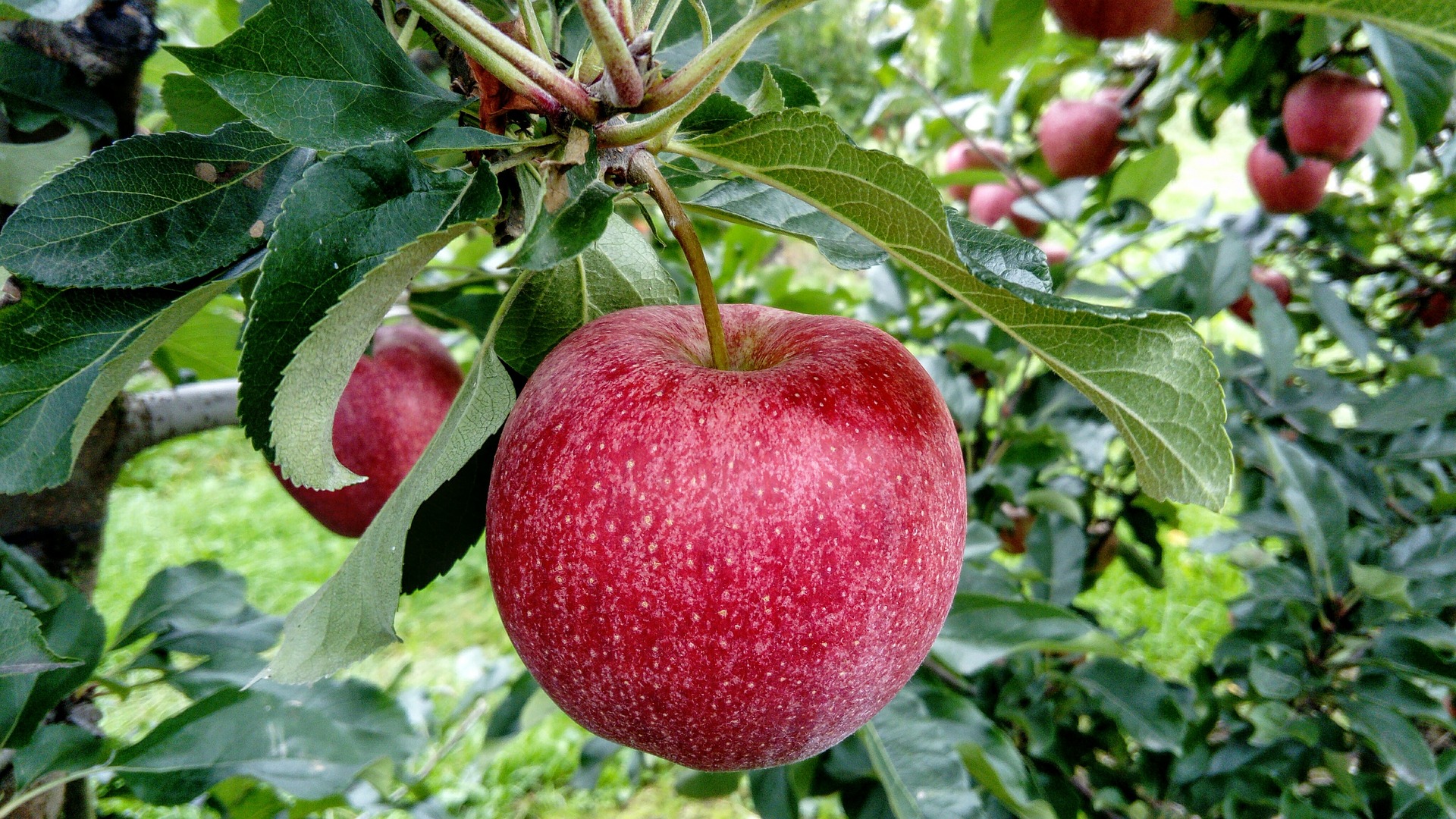Fruit thinning is a common practice among fruit tree growers. It involves removing excess fruit from the tree to promote healthy growth and fruit development. While it may seem counterintuitive to remove fruit from your tree, thinning can actually improve the size, quality, and quantity of your harvest. In the following, we will explore the pros and cons of fruit thinning and provide examples of fruit trees that benefit from this practice.
Benefits of Fruit Thinning:
- Increases Fruit Size: Thinning allows the remaining fruit to grow larger since they have more resources and space to develop.
- Improves Fruit Quality: Thinning helps improve the quality of the fruit by reducing disease, insect damage, and sunburn.
- Reduces Branch Breakage: Removing excess fruit reduces the weight on branches, preventing them from breaking under the weight of the fruit.
- Promotes Better Pollination: Thinning ensures that the remaining fruit has better access to pollinators, improving fruit set and yield.
- Reduces Competition: Thinning reduces the competition between fruit, allowing the tree to allocate more resources to the remaining fruit.
- Prevents Biennial Bearing: Thinning can prevent the tree from going into alternate bearing, where it produces a heavy crop one year and a light crop the next.
- Saves Energy: Thinning allows the tree to save energy by not wasting resources on fruit that won't develop properly or fully.
- Increases Airflow: Thinning improves air circulation within the tree, reducing the risk of disease and insect damage.
- Provides Earlier Harvest: Thinning allows the remaining fruit to ripen earlier, allowing for an earlier harvest.
- Improves Aesthetics: Thinning results in a more visually appealing tree with fewer small, underdeveloped fruit.
Cons of Fruit Thinning:
- Time-Consuming: Thinning can be a time-consuming process, especially for larger trees.
- Requires Skill: Proper thinning requires some skill and knowledge to avoid damaging the tree or removing too much fruit.
- May Reduce Yield: In some cases, thinning may reduce the overall yield of the tree, especially if done excessively.
Examples of Fruit Trees that Benefit from Thinning:
- Apples: Apples benefit from thinning to prevent biennial bearing and improve fruit size and quality.
- Peaches: Peaches benefit from thinning to prevent limb breakage, improve fruit size and quality, and prevent diseases such as peach leaf curl.
- Pears: Pears benefit from thinning to prevent limb breakage, improve fruit size and quality, and prevent diseases such as fire blight.
- Cherries: Cherries benefit from thinning to prevent limb breakage and improve fruit size and quality.
- Plums: Plums benefit from thinning to prevent limb breakage and improve fruit size and quality.
Happy harvesting!
Follow us: Don't forget to check out our YouTube channel and coverage on Google News.
We appreciate your support and look forward to helping you grow the garden of your dreams!





Δεν υπάρχουν σχόλια:
Δημοσίευση σχολίου